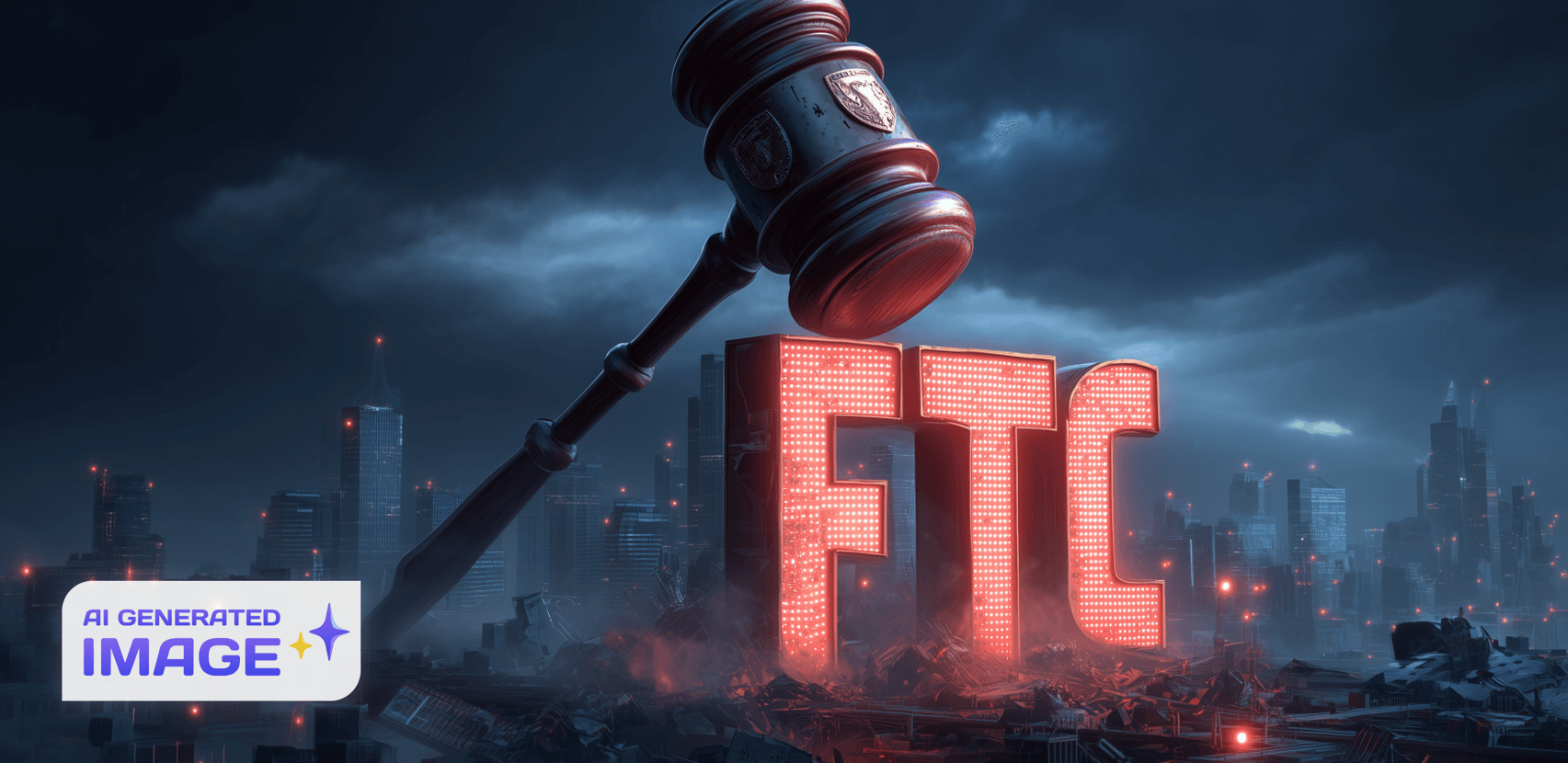Turning Business Pain Points Into AI Solutions

We’ve been having a lot of conversations lately with business owners who are curious about AI but don’t know where to start. They’ve heard the hype, seen the demos, but when it comes to actually implementing something useful in their business, they hit a wall.
The typical approach seems to be: “We need AI. What should we use it for?” But that’s backwards. The real question should be: “What’s currently breaking in our business that technology could fix?”
Last week, we had a fascinating conversation with a client from a services-based company that perfectly illustrates this point. Instead of starting with AI capabilities, we started with his actual business problems. What emerged was a roadmap for multiple AI systems that could genuinely transform his operations.
Finding the Real Pain Points
Our client, runs a small services company - 10 employees, 6 trucks, 15 trailers. When we asked him what was keeping him up at night, he didn’t hesitate: “Lead generation and maintenance scheduling.”
Here’s what we love about talking to business owners like this. They don’t care about the latest AI model or whether something uses RAG or fine-tuning. They care about one thing: will this make my business run better?
His lead generation problem was classic small business stuff. They’d had a former salesperson who wasn’t productive, so now they’re back to relying on existing clients and hoping for referrals. Meanwhile, government contracts and RFPs are flying past them because there’s no systematic way to track opportunities.
But the maintenance scheduling issue was where things got really interesting. Our client described it as “things fall through the cracks no matter who you put in charge.” Equipment maintenance records scattered across different systems, no predictive capabilities, and constant firefighting when something breaks down.
This is exactly the kind of problem AI can solve, not because it’s sexy technology, but because it’s repetitive, data-driven work that humans struggle with at scale.
The Jetpack Labs Approach: Problems First, Solutions Second
Here’s how we approach these conversations at Jetpack Labs. Instead of pitching AI solutions, we start with a simple question: “What are the 8-10 things that are affecting your business right now?”
The key insight is that you don’t need to come to us with solutions. You just need to identify the problems. Our job is to figure out which ones are good candidates for AI automation and which ones aren’t.
For this company, we quickly identified two primary opportunities:
Tier 1 Priority: Lead Generation and Sales Acceleration
- Automated proposal scraping and ranking
- Lead qualification and contact management
- Streamlined bidding process for government contracts
Tier 2 Priority: Integrated Maintenance Management
- Predictive maintenance based on GPS and usage data
- Automated scheduling and alert systems
- Knowledge base integration for repair procedures
Notice how these aren’t “AI projects”. They are business improvements that happen to use AI as the implementation method.
Building Systems That Actually Work
The services conversation reminded us of another client we’re working with, a waste management company dealing with hydraulic leaks. Their problem was simple: if they detect a leak in the yard, it’s a $20 cleanup. If they do an entire route with a slow leak, it’s tens of thousands in street cleaning and remediation costs.
The solution wasn’t complex AI, it was a hardware detection system that uses computer vision to spot leaks early. But the impact is massive. As their operations manager put it: “If this prevents just one or two spills, it pays for itself.”
This is the kind of ROI-focused thinking that drives everything we do. We’re not interested in building impressive AI demos. We’re interested in building systems that make businesses more profitable, efficient, and resilient.
The Integration Challenge
One thing that came up repeatedly in our conversation was the problem of siloed systems. Maintenance data lives in one place, GPS tracking in another, and repair manuals in filing cabinets. Historically, businesses have learned to live with these silos, manually connecting dots between systems.
But here’s what’s changed: AI systems can now serve as the connective tissue between these disparate data sources. Instead of asking humans to synthesize information from multiple systems, we can build AI that ingests all of it and provides unified insights.
For this maintenance system, this means:
- GPS data showing equipment usage patterns
- Maintenance logs tracking repair history
- Digital manuals and procedures for each piece of equipment
- Parts inventory and vendor information
- Weather and seasonal factors affecting equipment
An AI system can process all of this simultaneously to predict when maintenance is needed, automatically schedule it, and even prepare the necessary documentation and parts orders.
Real-World Implementation Examples
Let us share a few other examples of how we’ve approached similar problems:
Environmental Lab Report Analysis
We built a system for a company doing environmental surveys that analyzes lab reports and ensures compliance with constantly changing regulations. Instead of having experts spend hours cross-referencing compliance standards, the AI handles the initial analysis and flags issues that need human attention.
Automated Invoice Generation
For a consulting firm, we created a system that takes project inputs and generates 80% of their client invoices automatically. What used to take 30-40 minutes now takes 3-4 minutes, with just final customization needed.
Government Contract Monitoring
We built scraper systems that monitor multiple sources for relevant contract opportunities, score them based on company criteria, and provide immediate notifications when high-value opportunities appear. The goal is to be the first to make contact, because timing is everything in competitive bidding.
The Force Multiplier Effect
What we love about these implementations is that they’re not replacing human judgment, they’re amplifying it. The environmental lab system doesn’t replace the expert; it handles the routine analysis so the expert can focus on complex edge cases. The invoice generator doesn’t replace the account manager; it gives them more time to focus on client relationships.
This is what we call the “force multiplier” approach to AI. Instead of trying to replace staff, we’re making existing staff dramatically more effective.
Our Development Process
When we work with clients, we follow a structured approach:
Discovery Phase: We spend time understanding your actual business processes, not just your perceived problems. Sometimes the real bottleneck isn’t where you think it is.
Pain Point Prioritization: We help you rank problems by impact and feasibility. Not every problem needs AI, and not every AI solution is worth building.
Solution Design: We design systems that complement your existing processes rather than requiring complete workflow changes. Adoption is much higher when people don’t have to learn entirely new ways of working.
Iterative Implementation: We build systems in phases, getting feedback and making adjustments. This ensures the final solution actually solves the problem you have, not the problem we thought you had.
Integration and Training: We make sure new systems play nicely with your existing tools and that your team understands how to use them effectively.
The Economics of Custom AI
One question that always comes up is cost. Custom AI development isn’t cheap, but neither is continuing to lose money on inefficient processes.
When we analyze ROI, we look at:
- Time savings (hours per week saved × hourly cost)
- Revenue opportunities (deals closed faster, more bids submitted)
- Risk reduction (fewer missed opportunities, better compliance)
- Scalability (handling more volume without proportional staff increases)
For this company’s maintenance system, the calculation was straightforward. Equipment downtime costs thousands per day. If the system prevents even a few unexpected breakdowns per year, it pays for itself.
What Makes a Good AI Project
Not every business problem is a good candidate for AI. Here’s what we look for:
High-Volume, Repetitive Tasks: Things humans do over and over, like data entry, document analysis, or routine decision-making.
Data-Rich Environments: AI needs data to work with. If your process generates logs, documents, or other structured information, there’s probably an AI opportunity.
Clear Success Metrics: We need to be able to measure whether the system is working. Vague goals like “improve efficiency” are harder to optimize for than specific metrics like “reduce time to generate proposals by 75%.”
Existing Process Foundation: AI works best when it’s enhancing existing processes, not creating entirely new ones from scratch.
The Future of Business AI
What excites us most about working in this space is how quickly the technology is evolving. Tools that would have required massive engineering teams just two years ago can now be built by small, focused teams.
But the real opportunity isn’t in the technology itself, it’s in the application. Every business has processes that could be optimized, automated, or enhanced. The question isn’t whether AI can help your business; it’s which problems to tackle first.
Getting Started
If you’re thinking about AI for your business, here’s our advice: start with your problems, not with the technology. Make a list of the things that are frustrating your team or costing you money. Then ask: which of these involve repetitive work that could be automated?
The conversation started with him saying “I don’t know much about AI, but I know what’s not working in my business.” That’s exactly the right place to start.
At Jetpack Labs, we’ve built systems for environmental services, waste management, construction, consulting, and dozens of other industries. The technology varies, but the approach is always the same: identify real problems, build focused solutions, and measure the impact.
If you’re curious about what AI could do for your business, we’d love to have a conversation like the one we had with this client. Not about what AI can do in theory, but about what’s actually broken in your day-to-day operations.
Because the best AI implementations aren’t the ones that showcase impressive technology, they’re the ones that solve real problems for real businesses.
Want to explore how AI could address your specific business challenges? We’re always interested in talking with business owners who know their pain points and want practical solutions. Reach out to us at Jetpack Labs to start the conversation.
More of Our Starship Stories

FTC Cracks Down on AI Marketing Hype: What It Means for Digital Product Teams and SaaS Founders
September 11, 2025

Startup Funding: Balancing Equity, Growth, and Control
March 3, 2025

Updated 2024 Version - Massive Context Windows in GPT: A Game Changer for AI Models | Jetpack Labs
September 22, 2024

